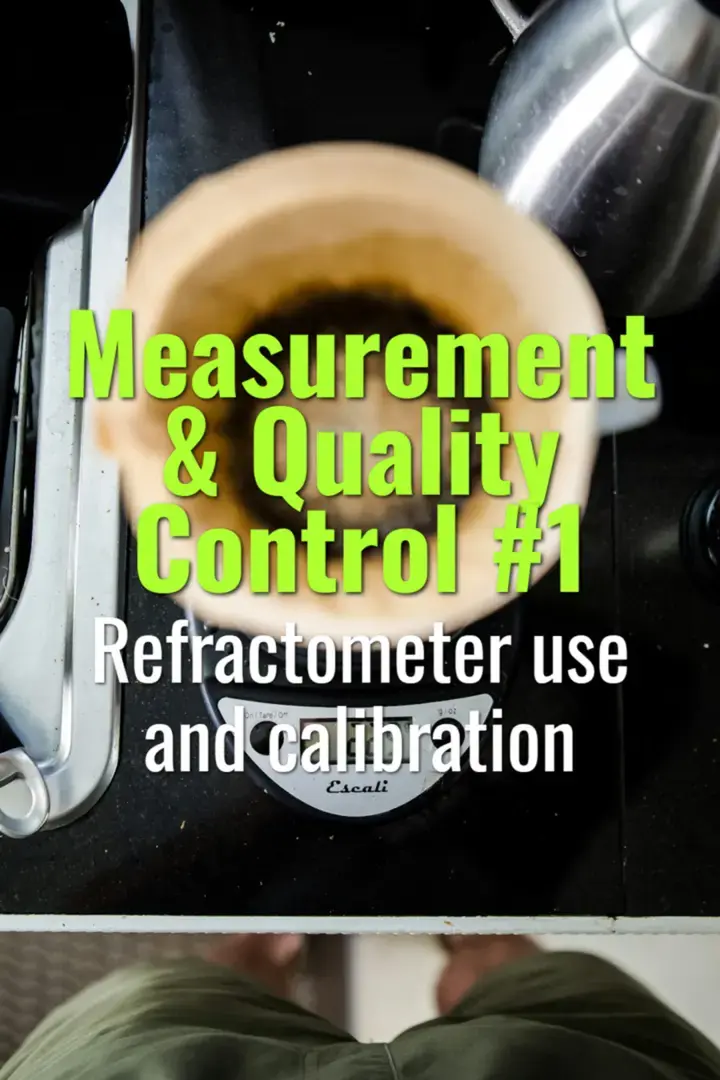Refractometer use and calibration
How to use and calibrate a coffee refractometer to measure TDS (Total Dissolved Solids) for quality control and consistency.
- Coffee Basics Nerds
- 1 min read

Refractometer Basics
-
Purpose:
-
Measures TDS (% of dissolved solids in brewed coffee).
-
Used to calculate extraction yield when combined with brew ratio and yield.
-
Proper Use:
-
Filter out oils and fines from coffee sample (paper filter or syringe filter) before measurement.
-
Place a few drops on the refractometer lens or sensor.
-
Record TDS reading once stabilized.
-
Calibration:
-
Regularly calibrate with distilled water (should read 0.00% TDS).
-
Some refractometers include calibration solutions at known TDS values.
-
Recalibrate frequently to avoid drift.
-
Practical Workflow:
-
Brew coffee, measure TDS, and calculate extraction yield.
-
Compare against target ranges (18–22% EY, 1.2–1.5% TDS for filter; 8–12% TDS for espresso).
-
Best Practices:
-
Clean prism or sensor thoroughly after each use to avoid contamination.
-
Take multiple measurements for accuracy.
-
Use readings alongside sensory evaluation for holistic quality control.
Summary
A refractometer is a vital QC tool that allows baristas and roasters to measure extraction with precision. Proper calibration and use ensure consistent, reproducible brews aligned with sensory goals.